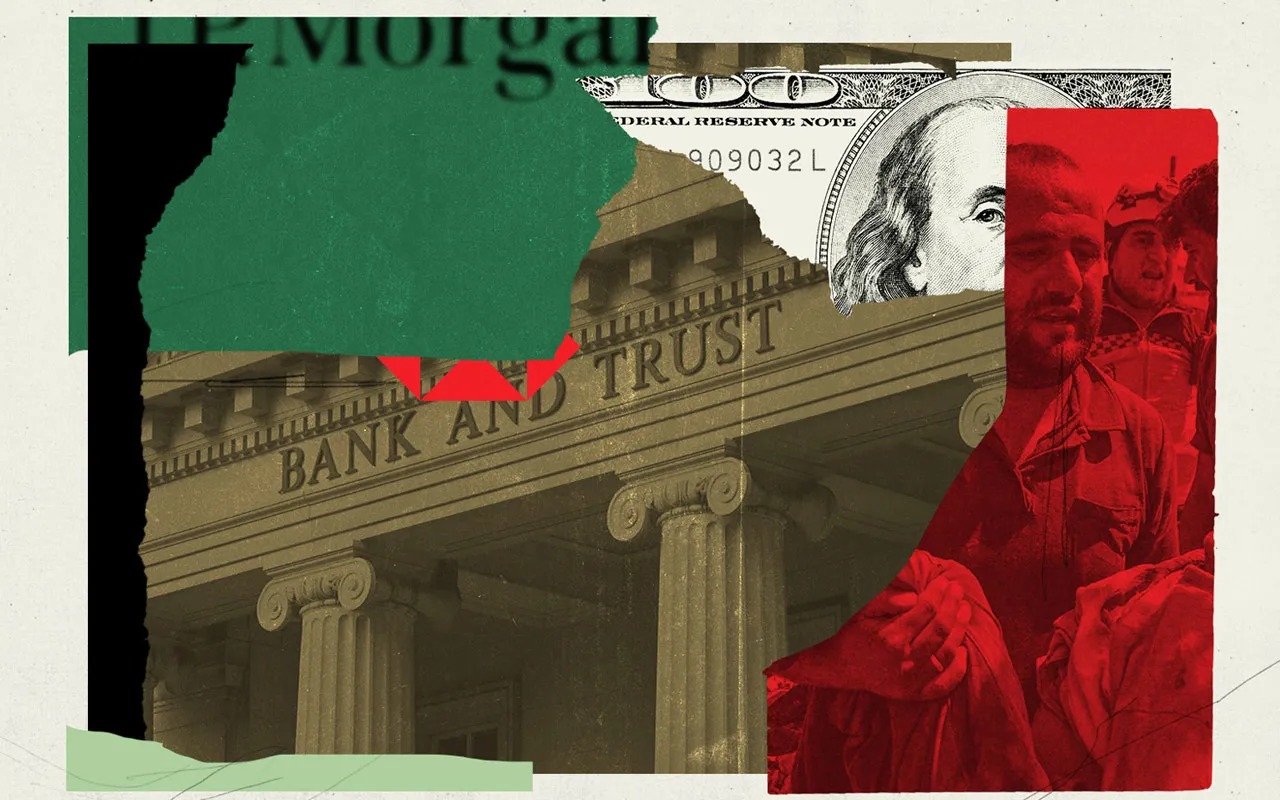
Michael Hudson on the power of collaboration for global investigative projects.
“Many of the most important stories are too big, too complex, and too global for a ‘lone wolf’ reporter or a Woodward-and-Bernstein-esque investigative duo to tackle.”
What were the major findings of your story?
The FinCEN Files investigation exposed how global banks move staggering sums of dirty money — and how laws intended to stop money laundering have instead allowed it to flourish.
What impact did your story have?
The project sparked a push for reforms around the world. More info here.
Did you receive any funding to do this story?
No.
How did the story start and how did your team decide on the first steps to take in working on this story?
The project began when BuzzFeed News received a remarkable collection of highly secret suspicious activity reports that banks file with the U.S. Financial Crimes Enforcement Network (FinCEN). It was clear to us that the first task was to review these dense financial reports and extract the details of 200,000+ suspect transactions.
How long did it take to report, write and edit this story?
16 months.
What challenges did your team face while working with sources?
The project presented major tactical and legal challenges. After we provided U.S. authorities a description of our findings and requested their response, they issued a public notice declaring that exposure of suspicious activity reports constituted a national security threat and announced they’d referred the matter to the Department of Justice for investigation. After putting our work through rigorous fact checking, editorial vetting, and legal review, we moved forward and published.
What resources and tools did your team find useful? How did you organize your data and documents?
Leaked documents including suspicious activity reports. Additionally, audit reports and court documents. The suspicious activity reports’ irregularly formatted data tables required custom-built Python programs to unpack. The 3 million words in their narrative sections were too complex for machine learning, so we read every word. Then we fact-checked it all, three times over. This took 85 journalists in more than two dozen countries more than a year to complete.
What other challenges or barriers did your team face, and how did you overcome these challenges?
Coordinating among more than 400 journalists from 110 media outlets in 88 countries was a huge challenge. The team relied on ICIJ’s encrypted, virtual newsroom, which allowed reporters to communicate securely across time zones, search and swap documents and compare findings in real-time.
What advice would you give journalists working on similar investigations?
Trust the power of collaboration. Many of the most important stories are too big, too complex, and too global for a “lone wolf” reporter or a Woodward-and-Bernstein-esque investigative duo to tackle. It takes teamwork and trust among a large team of journalists to do these kinds of stories with power and impact.
Did your team face any pushback during or after the publication of this story? If so, how did you address this?
U.S. authorities made public statements that seemed to suggest it might take legal action against the news organizations involved in the project. We published despite these statements, confident that we had handled our stories responsibly and that the information we were revealing was in the public interest.
Did working on this story change your perspective as a journalist?
For many involved in the investigation, it drove home the benefits of collaboration among journalists.

